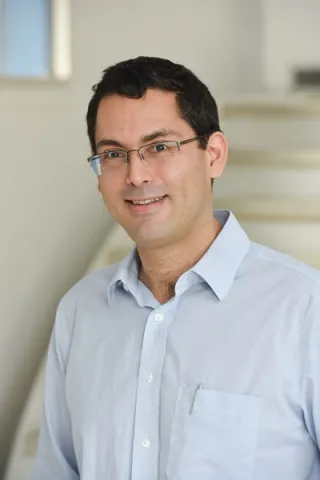About the project
The aim of this PhD is to develop and demonstrate capabilities to explore hydrogen diffusion mechanisms and paths in industrially relevant materials.
The computational simulation of chemical reactions in materials requires an accurate, explicit description of their electrons. This can be achieved by quantum mechanical calculations from first principles, in particular with Density Functional Theory (DFT) which achieves a good balance between accuracy and computational efficiency.
DFT calculations are typically limited to tens of atoms due to the steep increase of the computational effort which scales with the third power in the number of atoms. Recent developments in the theory and methods have led to “linear-scaling” reformulations of DFT which allow calculations with thousands of atoms which can be ideal in cases of complex systems requiring more realistic models. Amongst these, the ONETEP program is a unique linear-scaling DFT approach because it retains the full accuracy of conventional cubic-scaling DFT calculations.
As a researcher on this PhD project is to develop and demonstrate capabilities to explore hydrogen diffusion mechanisms and paths in industrially relevant materials. The accurate computation of diffusion at the DFT level will provide major new insights into the processes that happen during degradation. This will involve also collaboration with an industrial partner who will provide guidance on the most relevant materials.
You will also investigate surface adsorption of hydrogen to understand how hydrogen enters the bulk to diffuse and how this process is affected by surface termination and conditions such as pressure and temperature, or presence of solvents. An important technical advantage that ONETEP will provide here is that we will be able to simulate models with several thousand atoms achieving structures and concentrations of defects that are closer to reality than with smaller models with conventional DFT. As ONETEP is a highly parallel code continuous access to supercomputing resources will be provided for these simulations via local and national supercomputing facilities.
